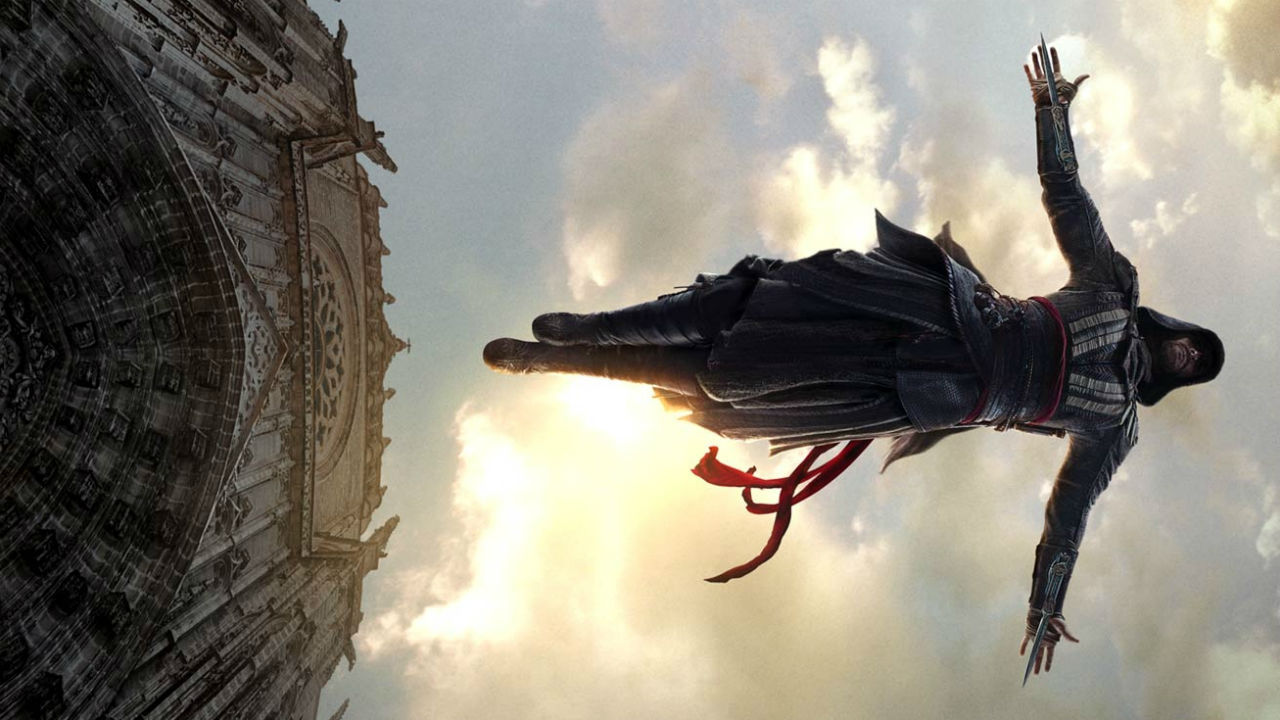Video game adaptations have come and gone, and unfortunately more often than not have left a sour taste in the back of many a movie-goer’s mouth, and there are high hopes for Ubisoft’s Assassin’s Creed. From Doom to Warcraft, we have seen many titles come and go – promising excitement and world-building which ultimately fails to appease the critics but are well recieved by fans of the series. So, did they manage to succeed where many have failed?
Is this film a ‘Leap of Faith’ in the right direction for video game adaptations?
Assassin’s Creed wipes the slate clean by putting the focus on original character Callum Lynch, played by Michael Fassbender. As far as the narrative goes, it is very much a close adaptation of the initial source material – the Templars are searching to control humanity, and Abstergo are using the power of science to see into the past via the Animus to find out what the Assassins have done with the powerful artefact known as the Apple of Eden.
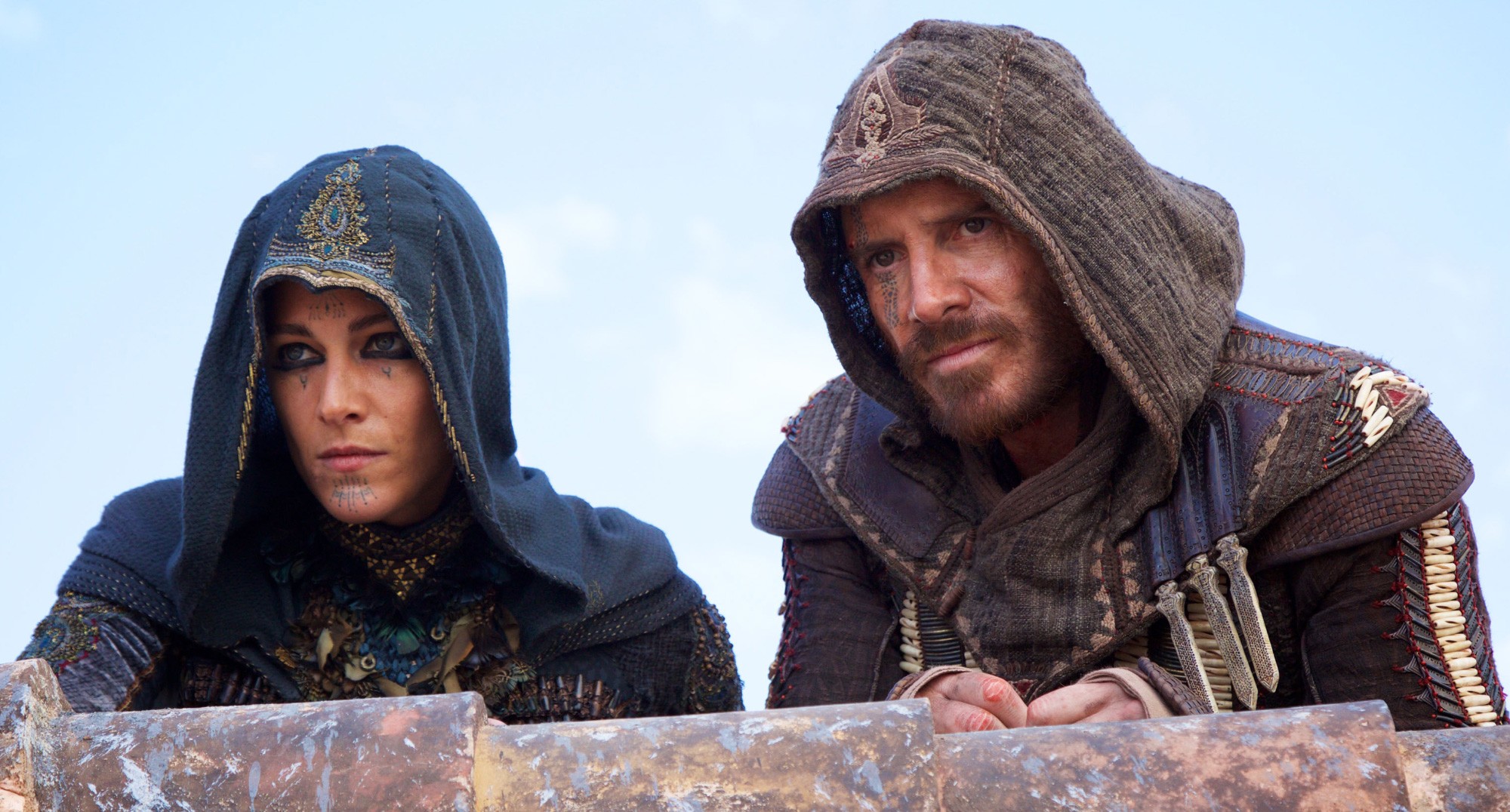
First of all, let’s start off by addressing what works for the film. The choreography was definitely one of the best features of the film, placing a lot of emphasis on the adaptability of the Assassins. In fact, stuntman ‘Damien Walters’ re-enacted the iconic Leap of Faith from the game through 125 feet freefall, a feat which was described as “one of the highest freefalls performed by a stuntman in almost 35 years”. We have a plethora of references and Easter Eggs hidden throughout the film for fans of the series to find; from a soldier falling from a great height into a cart of hay, to the Abstergo Artefact Room which is littered with iconic weapons from protagonists across the games, to the small but noticeable Assassin’s mark on the back of Fassbender’s neck made by the Animus device as it connects to his brain.
Speaking of which, this brings me onto one of my favourite redesigns done for the movie – The Animus, which is transformed by from a Matrix-style reclining chair into an entire room which immerses those watching with the past that Callum is reliving. As Callum sees the world through the eyes of Aguilar (his Spanish counterpart), he mimics his every movement – from fighting fierce battles, to free running across the city. The Templars are able to see everything that Callum sees as it is projected around the room to create a virtual environment for them to document.
Finally, we have the visuals – an aspect which is arguably one of the main draws of Assassin’s Creed series. The vast and visually spectacular scenery which you are able to experience through the eyes of the long-deceased assassin is so immersive and inviting, that you can’t help but be spellbound as the assassins make their way through whatever they come across in the dusky settings of 15th century Spain – from dusty villages surrounded by arid landscapes, to the bustling and conveniently-accessible city. Even the dialogue adds to the whole geography, as the entirety of the script is spoken in Spanish, which culminates in a beautiful pay-off as it adds to the immersion.
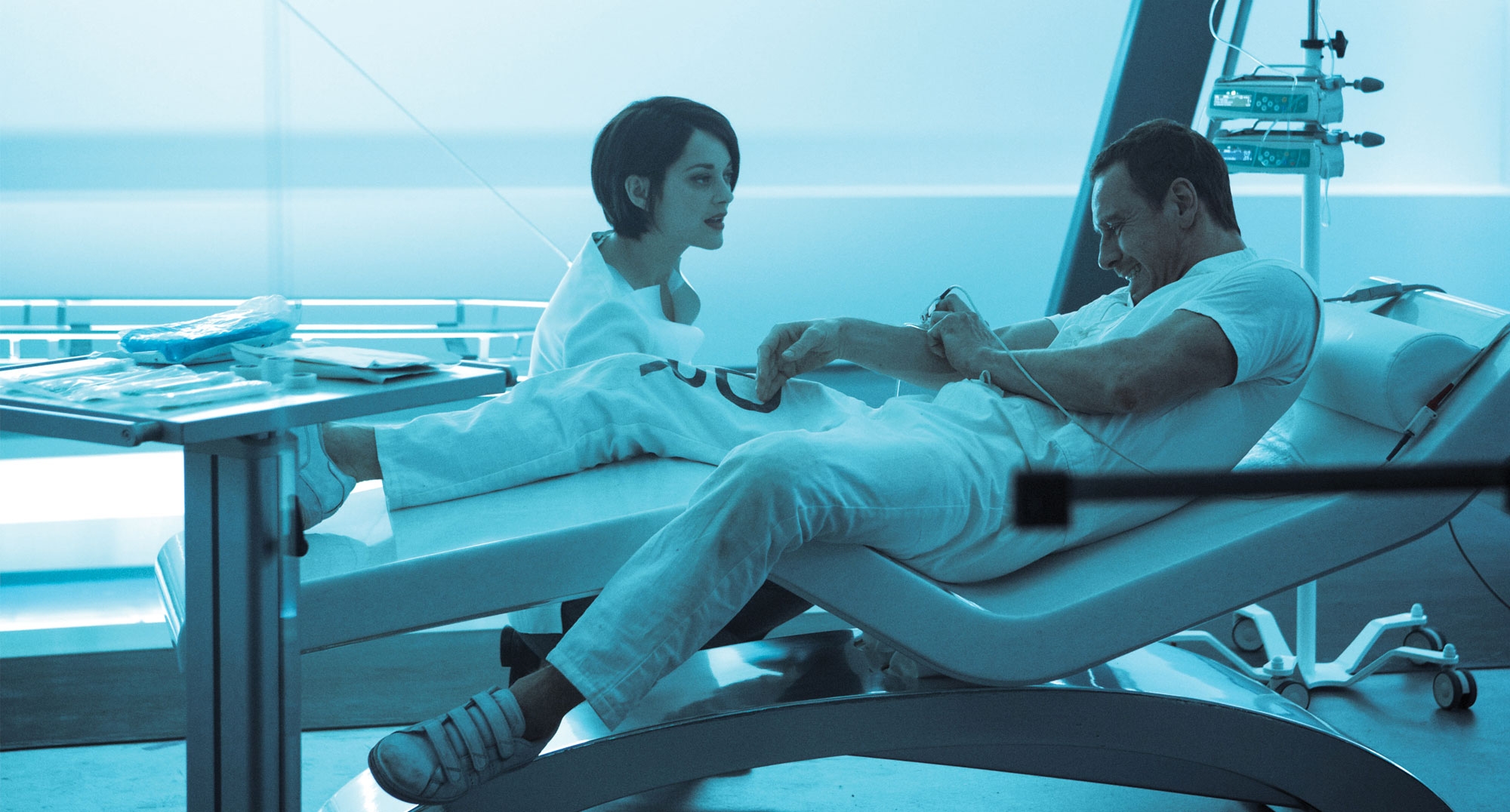
In fact, Assassin’s Creed is so faithful to its original counterpart that unfortunately it reflects one of the more tiresome parts of the game; the drab and grey lifeless rooms which seem to dominate the majority of Abstergo in the present day. Each time you break away from the high-octane action to return to the present, there is an irritating slowdown which unsettles the viewer.
This break would be palpable if a majority of the characters had a bit more dimension to them. Despite the fact we share a part of Callum Lynch’s childhood – seeing his mother be murdered to protect the creed – the audience always feels distanced from the main protagonist to the extent that it feels like the film just wants you to empathise with as he’s thrust into a scenario which makes no sense to him at all – but ultimately he feels quite two-dimensional, as he ticks all the ‘outsider’ tropes like they were his winning numbers on bingo night. Hey, at least he gets a musical number – if you can tolerate a man hysterically singing Patsy Cline’s ‘Crazy’ after battling with illusions brought on by the use of the Animus.
Even Jeremy Irons, playing CEO of Abstergo Alan Rikkin, feels slightly deflated as he glares with a distinct lack of emotion at the progression of Callum towards finding out about the Apple of Eden – except for irritation that he might not be working fast enough for his liking. The problem is though, we never get to know much about him…no details on his wife, his relationship with his daughter (aside from the fact that he is a glory-hog), there is nothing much to do with his character aside from the title of ‘villain of the film’.
In fact most of the characters ultimately fall into the trap of boring clichés save for Marion Cotillard’s Sophia Rikkin, daughter of Alan Rikkin and leading scientist of the Animus project at Abstergo. Even though she is often at times seen as almost passive and glassy-eyed, she shows the most development as she wrestles with her duties to the Templars, and her duties to the principle that science holds the key to bringing about peace. It also is notable that rather just appearing as a love interest, the film plays on her struggles to prioritise her duties, written as a compassionate and well-meaning foil for her stone hearted father. As her character continues to develop, it leaves the audience guessing whether she will turn her back on her father and the Templars – and whether Callum can truly trust her as she displays a continued interest in ‘pacification’ in the name of science and for the benefit of humanity – until the final scene, which ultimately sets her character up for big things in the future…should a sequel be made.
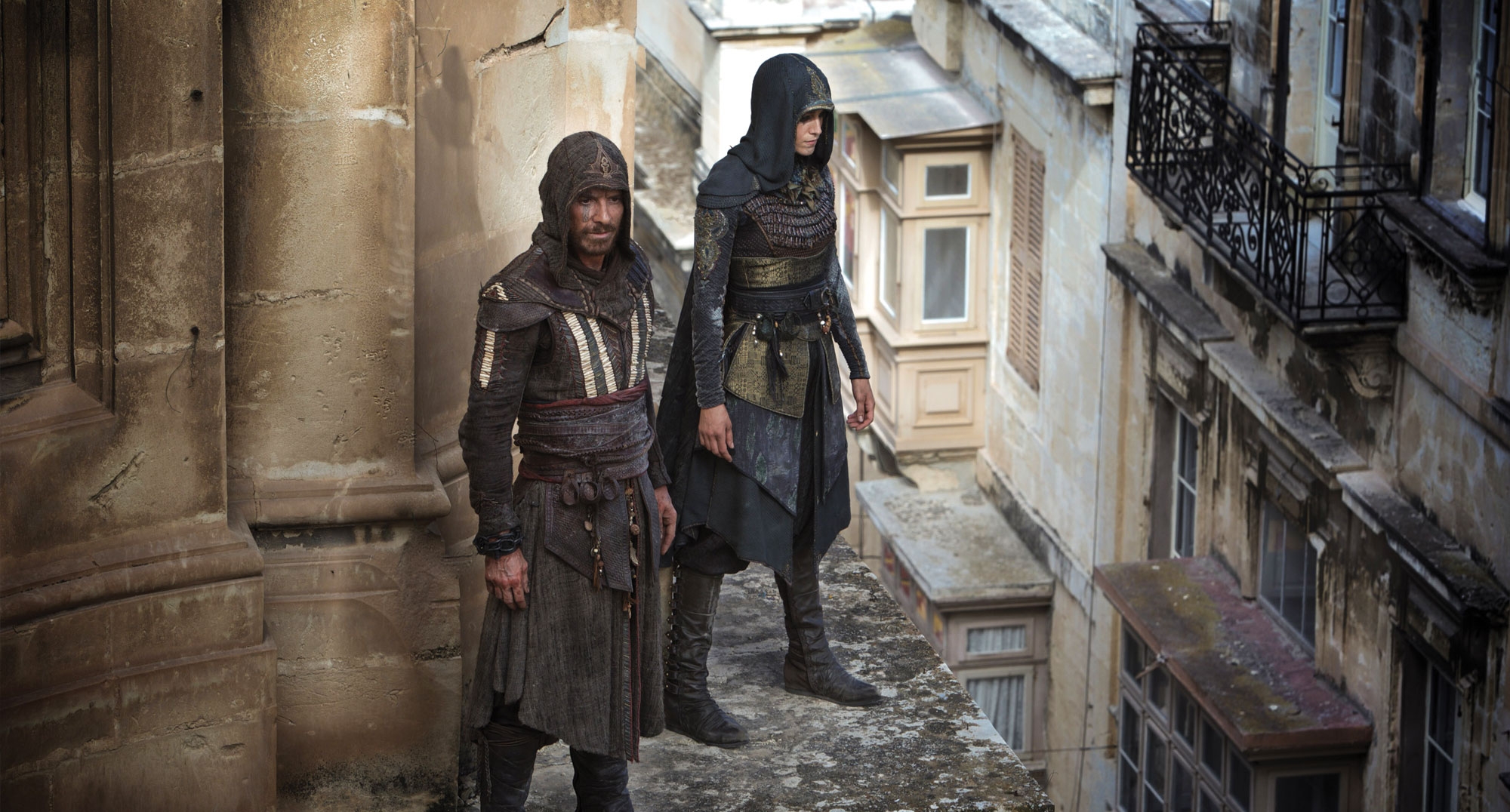
Unfortunately, one of the film’s biggest failings is its plot. Wholly unoriginal and ripped straight from the first video game, the only difference is that Abstergo seem to make the mistake of allowing all the descendants of the assassins to commune with each other in spacious environments. Where Desmond was isolated in the first game, nothing can stop the subjects from bonding together and plotting their escape, which seems a huge oversight on the departmental side.
The plot also seems to be contradictory to the existing canon – whereas it seems that this Abstergo has been chasing this single Apple across decades, in the games it is revealed that there in fact multiple Apples existing in the world which have even found their way into the hands of the Templars…however, none of these artifacts are referenced or addressed in the film.It seems bizarre that
Putting another confusing spin on things is that according to director Justin Kurzel, this film takes place in the exact same universe as the games. However, neither the changes to the Animus, the use of the Animus on multiple subjects (including Desmond Miles) are ever referenced. Whilst this may be good for newcomers to the series as it simplifies the plot substantially, those familiar with the series may be left a little confused as to how the Templars have come to the decision of “Ah well, can’t control them all” despite being so interested in it in the games that they built a giant satellite to broadcast the power of a single Apple worldwide.
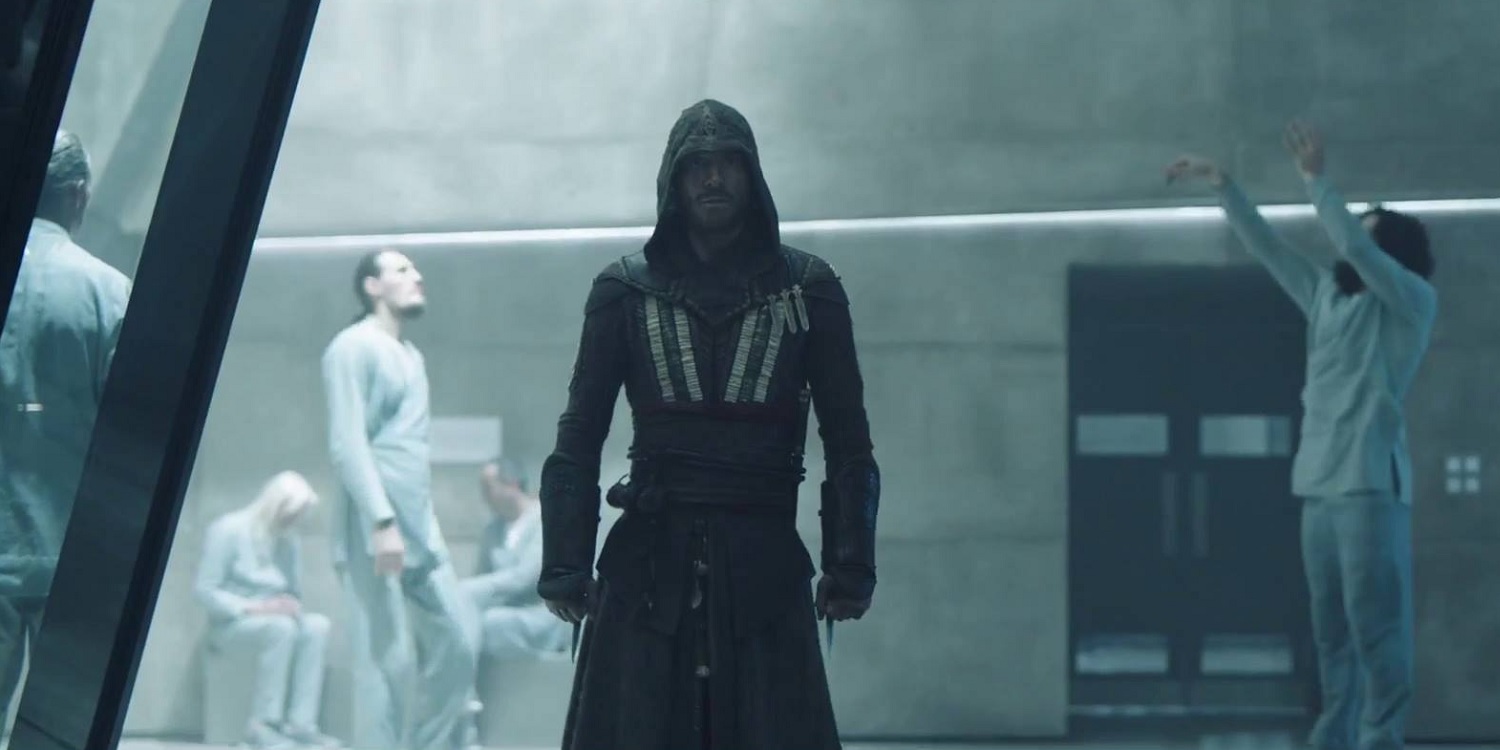
Does Assassin’s Creed manage to break away from the curse of the adaptation? Unfortunately not entirely, with a couple of moments leaving me a little perplexed and a little disappointed. However, there are moments where the film looks and feels absolutely beautiful – Aguila and fellow assassin Maria fleeing across the city, scampering across rooftops and leaping between banners in-between fighting for their lives is certainly one of the film’s best moments and certainly not one which should be missed. Hopefully if sequels are made, they will spend more time utilising the history a bit better in their ‘historical’ fantasy setting.
If we’re lucky, they’ll take inspiration from the video games and develop a character as likeable and iconic as Ezio. One can only hope.
Assassin’s Creed is released 21st of December in the US and on the 1st of January in the UK


